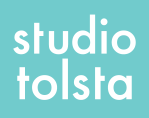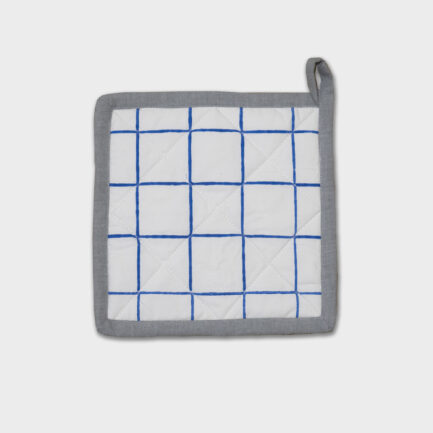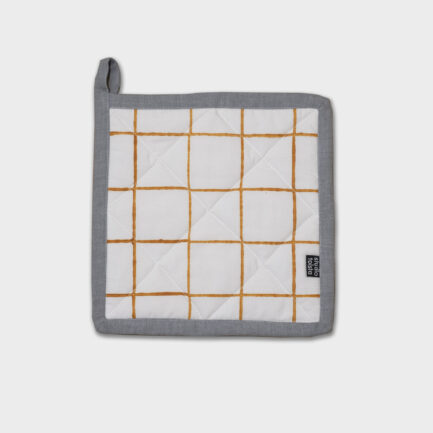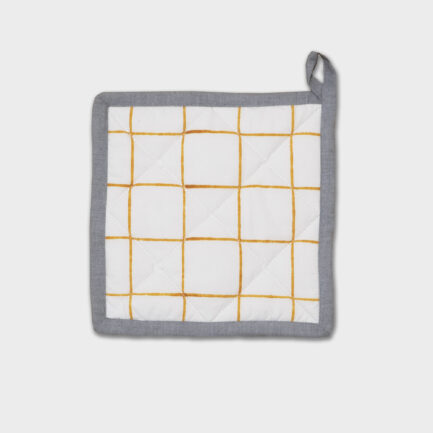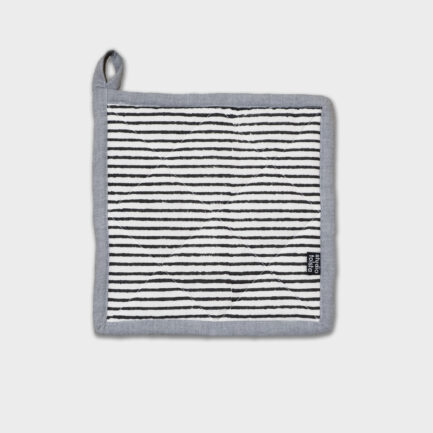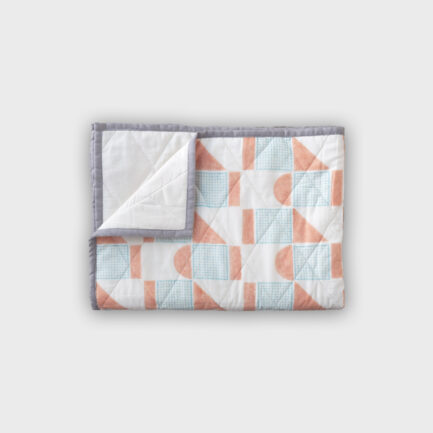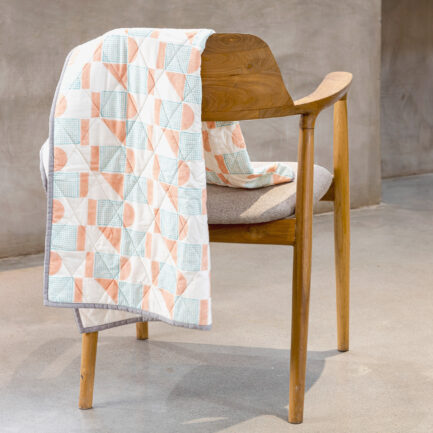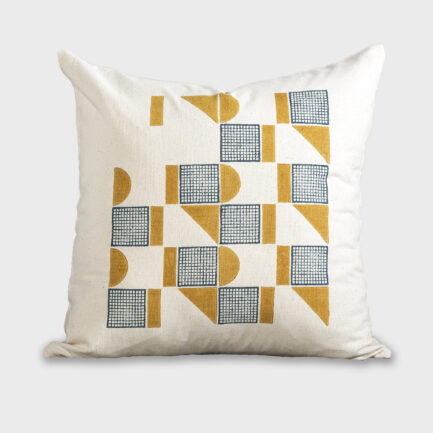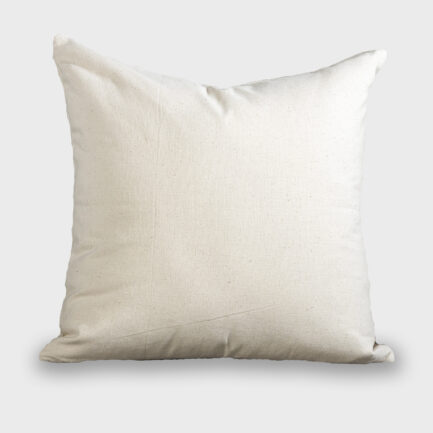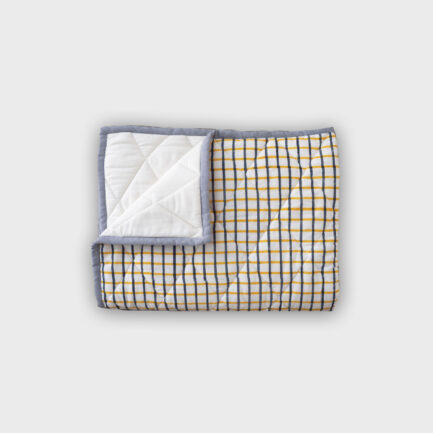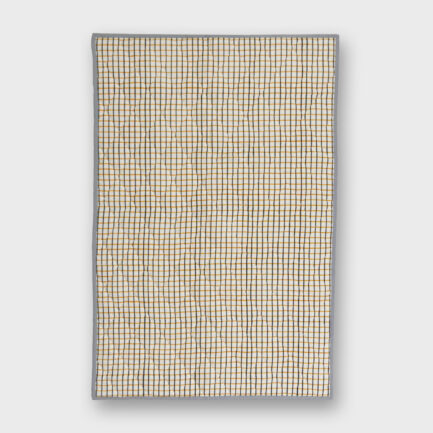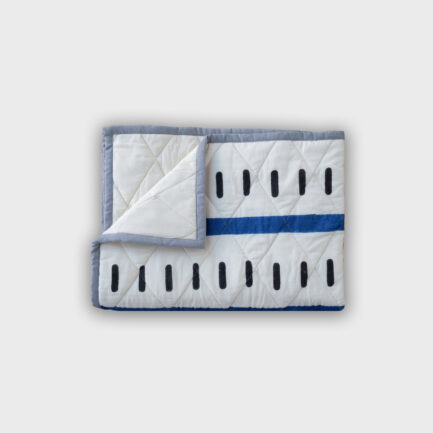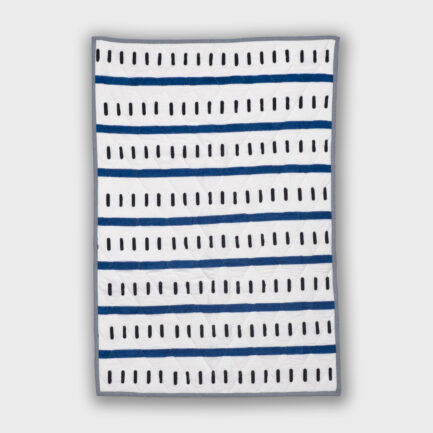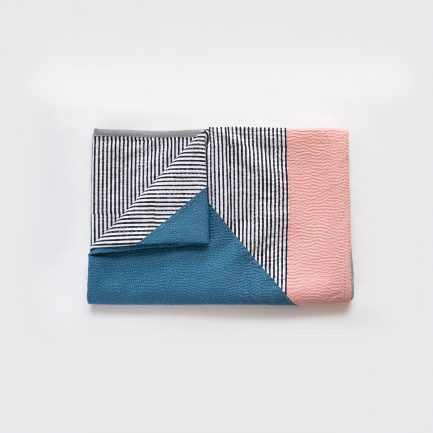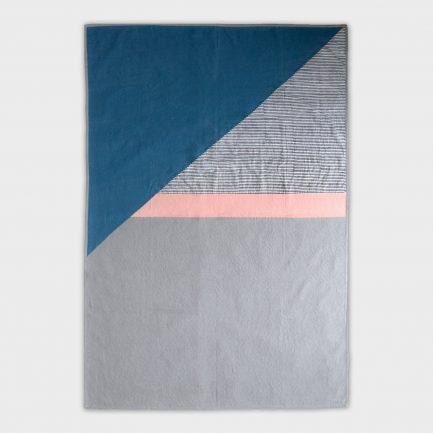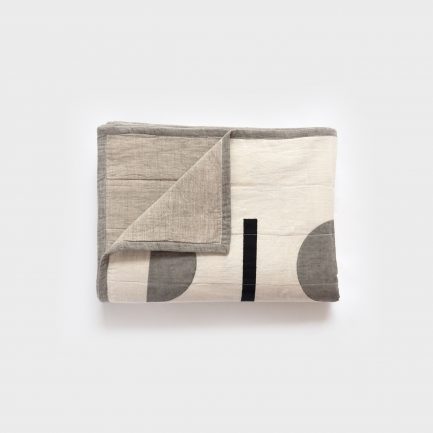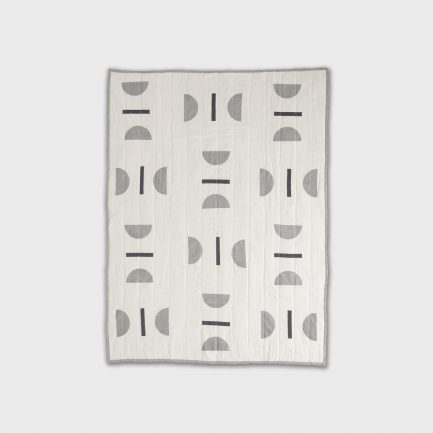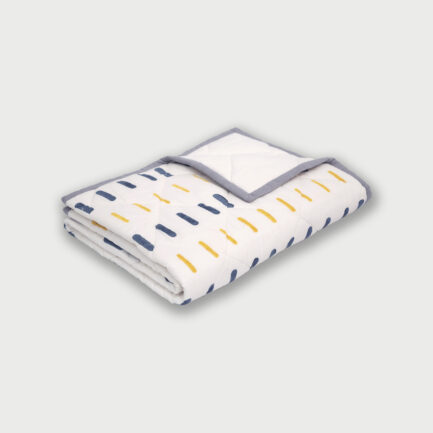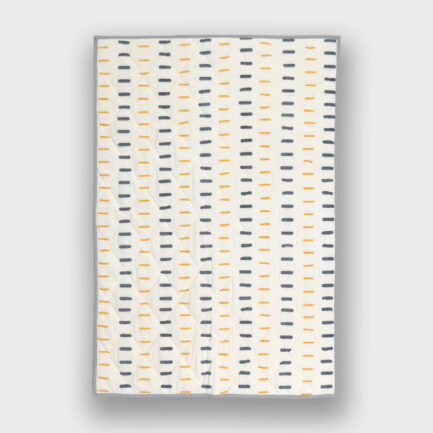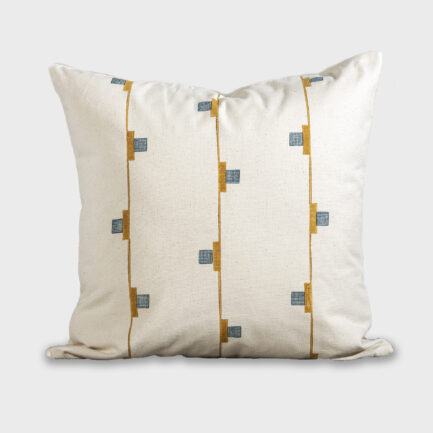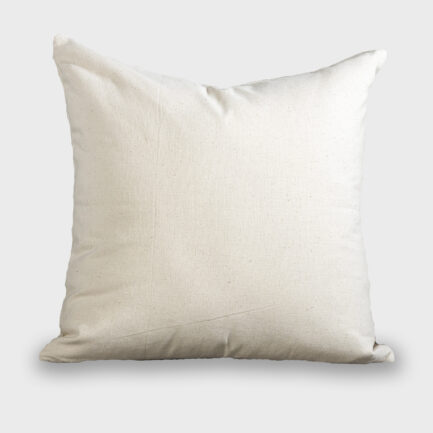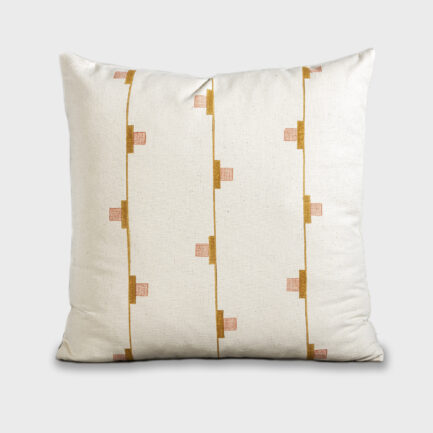Block printing is one of the oldest forms of textile printing. It can be a slow and laborious process that requires a lot of skill and precision. India has some of the finest traditions of this ancient art, with several regional styles and variations. The technique involves using carved wooden blocks to imprint a design onto fabric by hand.
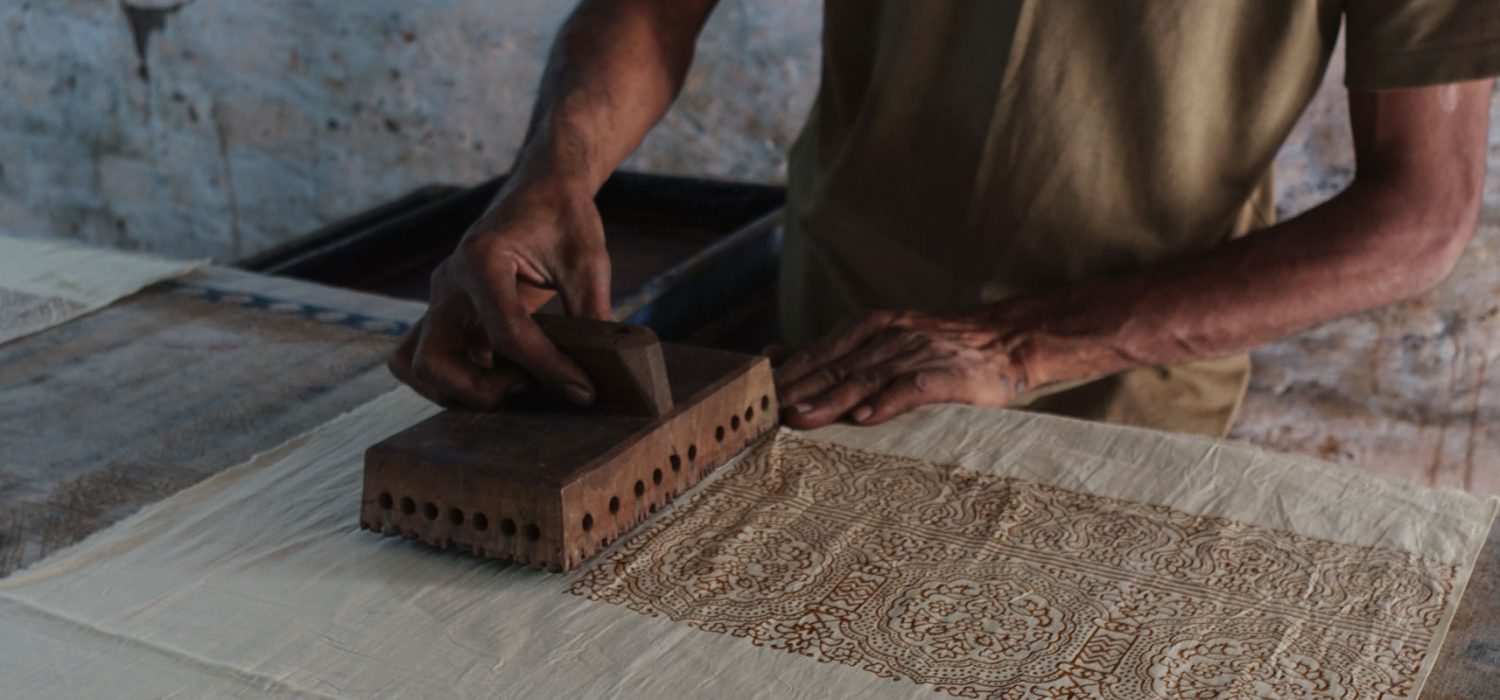
The blocks are hand carved by artisans who specialize in this intricate and detailed form – each colour in a design needs a separate block. Our blocks are custom made by an award winning Kalamkari block maker from Andhara Pradesh, in South India.


We use natural dyes – as well as azo free, low impact dyes – for printing our fabrics. For natural dyes, we work with a team in Kutch, Gujarat. They’re exceptionally skilled at using a resist hand block printing method known as Ajrakh, which involves using a variety of plant and mineral dyestuffs – like turmeric, indigo, pomegranate peel, gum, bark and rust to colour the fabric. The expertise needed for this is even more demanding than for regular block printing – as mud resist printing is combined with mordants, and other printing and dyeing techniques. There are between 14 to 16 different stages of dyeing & printing and it can take up to 21 days to complete the process. Traditional Ajrakh designs are finely detailed with geometric & floral patterns. The dyes are very sensitive to climate, water, and soil conditions, so great care and expertise is required throughout the process.




We also work with a local block printing unit here in Chennai to print with low impact – or azo-free – non-toxic dyes. While natural dyes have a lot of benefits over synthetic dyes, toxic-free dyes also have their advantages. They require less water than natural dyes, they don’t contain harmful chemicals like conventional synthetic dyes, they are highly absorbent, colorfast, and machine washable. We’re also able to come up with certain colours that wouldn’t be possible to achieve with natural dyes.


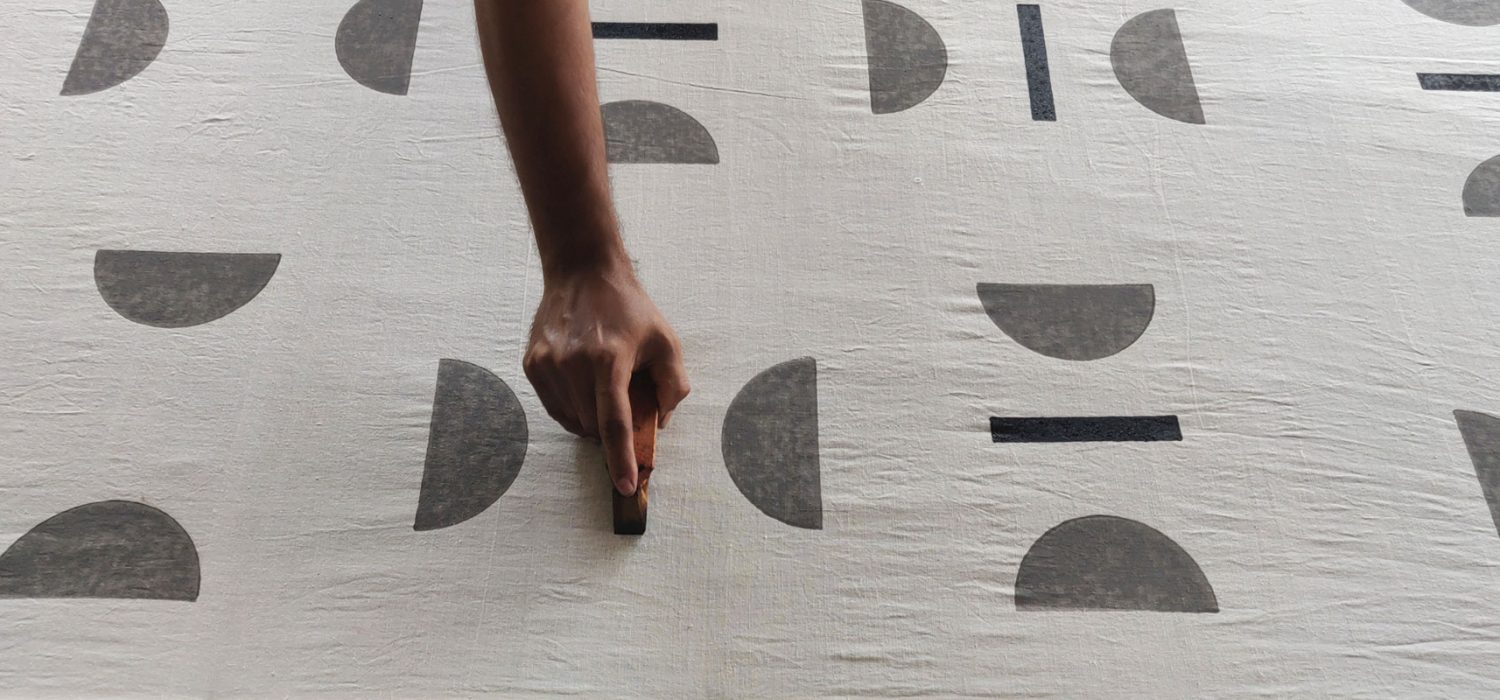
Check out our block printed products here:
Big Grid Pot Mat – Blue
$15.00Big Grid Pot Mat – Yellow
$15.00Karo Baby Quilt
$90.00Karo Cushion – Blue/Mustard
$60.00Kutti Checks Quilt
$90.00Lines and Dashes Quilt
$90.00Neram Kantha Throw Quilt
$370.00Nila Mini Quilt
$120.00Rain Quilt
$90.00Talam Cushion Cover – Blue/Mustard
$60.00Talam Cushion Cover – Pink/Mustard
$60.00
